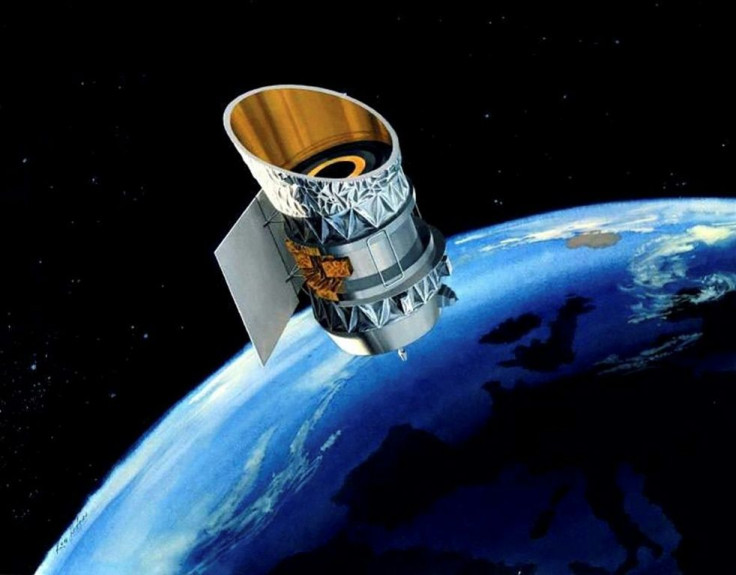Astronomers Look To Build 'Ultimately Large Telescope' On Moon To Study Earliest Stars
KEY POINTS
- Astronomers want to revive NASA's shelved plans to build the Lunar Liquid-Mirror Telescope
- This telescope could potentially study stars in the universe that formed before galaxies existed
- LLMT would operate autonomously on the moon and be powered by solar energy
Almost a decade after NASA abandoned the project, astronomers from the University of Texas at Austin have revived the idea of building a large telescope that could study the first-ever stars in the universe.
The Lunar Liquid-Mirror Telescope (LLMT) was initially proposed in 2008 by a team led by Roger Angel of the University of Arizona. Now, NASA Hubble Fellow Anna Schauer and her team suggested in a paper set to published in The Astrophysical Journal that this telescope should once again be considered to allow astronomers to study stars that formed way before galaxies existed.
More and more powerful telescopes have been invented over the years, allowing scientists to look back further back in time and discover new answers to the universe's origins. One example is the upcoming James Webb Space Telescope (JWST), which is expected to be powerful enough to provide information about the universe from the time galaxies first formed.
However, team member Volker Bromm, a theorist who has studied the first stars for decades, said in a press release on UT Austin's McDonald Observatory website that "theory predicts that there was an even earlier time" and this would be beyond the capabilities of JWST. This is where the LLMT would come into play.
The proposed lunar telescope, which has been dubbed "Ultimately Large Telescope" due to its extensive size, is projected to reach about 328 feet (100 meters) in diameter. According to the paper, the LLMT would operate autonomously on the lunar surface, receive power from a solar power collection station on the moon and send data to orbiting satellites.
The astronomers also said that the lunar telescope would be stationed permanently inside a lunar crater either in the north or south pole of Earth's natural satellite.
According to the researchers, the proposed telescope would have to "stare at the same patch of sky continuously" in order to "collect as much light from them as possible." This would allow it to potentially catch a glimpse of the earliest stars in the universe.
The design and material to be used in the manufacturing of LLMT will also differ from those of other telescopes. Instead of coated glass, the telescope's mirror would be made of liquid, which would make it lighter and much less expensive to transport to the moon.
"We live in a universe of stars," Bromm, a theorist who has studied the first stars for decades, said.
"It is a key question how star formation got going early in cosmic history," the professor continued. "The emergence of the first stars marks a crucial transition in the history of the universe, when the primordial conditions set by the Big Bang gave way to ever-increasing cosmic complexity, eventually bringing life to planets, life, and intelligent beings like us."
Addressing NASA's shelving of the project, Niv Drory, a senior research scientist with McDonald Observatory, explained that there was not enough data that supported the existence of stars that existed before the formation of galaxies at that point.
“This telescope is perfect for that problem,” he said in the press release.

© Copyright IBTimes 2025. All rights reserved.





















